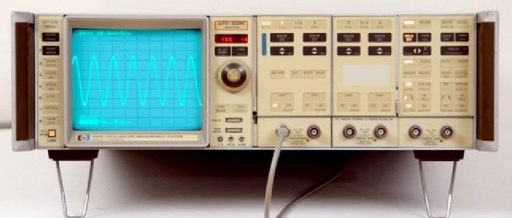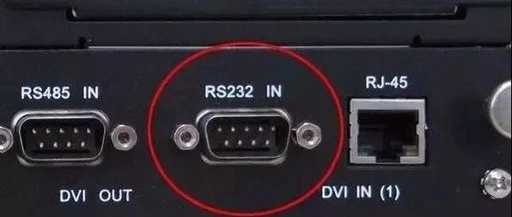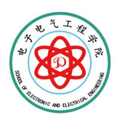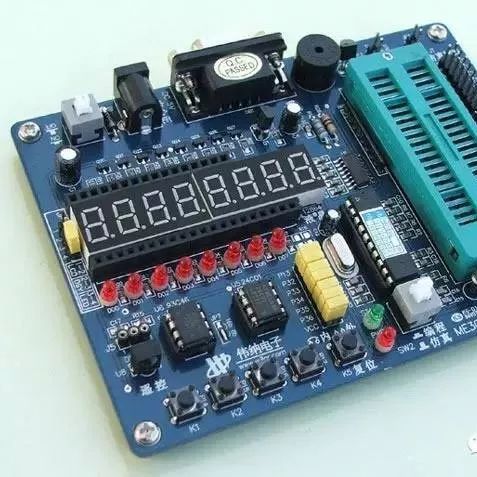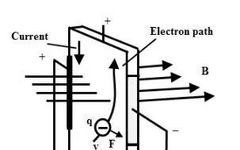Multimeter User Manual: A Beginner’s Guide
The multimeter, also known as a multifunction meter, three-in-one meter, or universal meter, is a versatile and multi-range measuring instrument. Generally, a multimeter can measure direct current, direct voltage, alternating voltage, resistance, and audio levels. Some models can also measure alternating current, capacitance, inductance, and certain parameters of semiconductors (such as β). 1. Structure of … Read more


